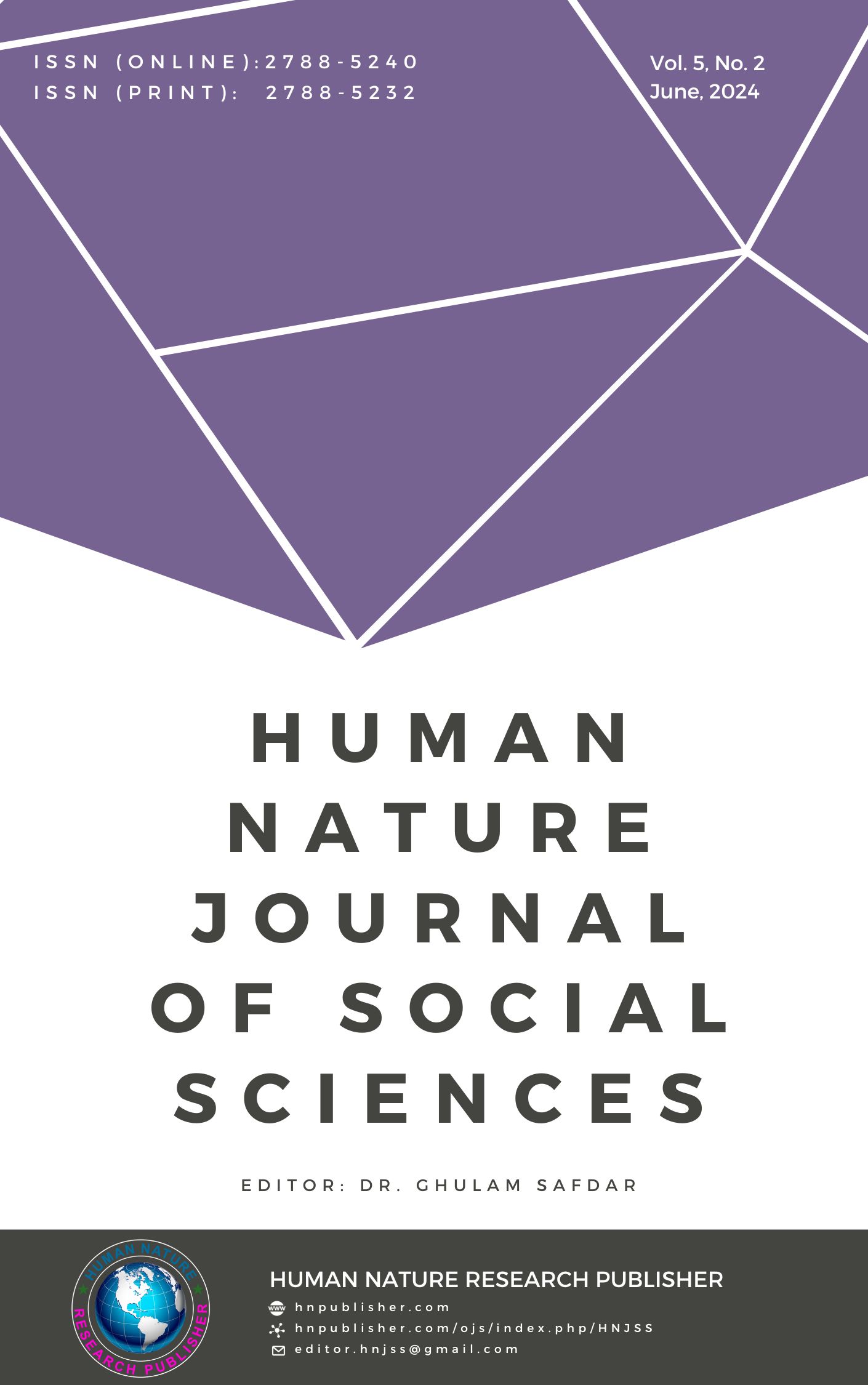Identification of Autonomous Learning Constraints: Development and Validation of a Scale
DOI:
https://doi.org/10.71016/hnjss/h0bs6e06Keywords:
Autonomous Learning, Constraints, Scale Development, Undergraduate StudentsAbstract
Aim of the Study: The study aimed to create a psychometrically sound instrument and a scale that investigates the constraints of undergraduate learners who learn autonomously. The items were produced following a careful revision of the relevant literature.
Methodology: A group of 200 students was chosen for the exploratory factor analysis using the 72-item scale, and a group of 186 students underwent the confirmatory factor analysis.
Findings: The results showed that by using factor analysis processes, the items were adequately put into the components identified by the study Analysis of the data has also revealed that the scale contains three variables that make up its structure and comprises 59 items. It is also showed that scale is a valid and reliable instrument.
Conclusion: It is concluded from this study that the scale development achieved the appropriate values. As a result, this scale is applicable to other research. Furthermore, to extend the scale's application, more research can be done to modify it for use at other educational levels. It will be helpful to combine this scale with additional learner autonomy data collection instruments and can be used in other disciplines of education.
Downloads
Published
Issue
Section
License
Copyright (c) 2024 Qandeela M. Bilal, Prof. Dr. Rafaqat Ali Akbar, Prof. Dr. Muhammad Shahid Farooq (Author)

This work is licensed under a Creative Commons Attribution-NonCommercial 4.0 International License.








